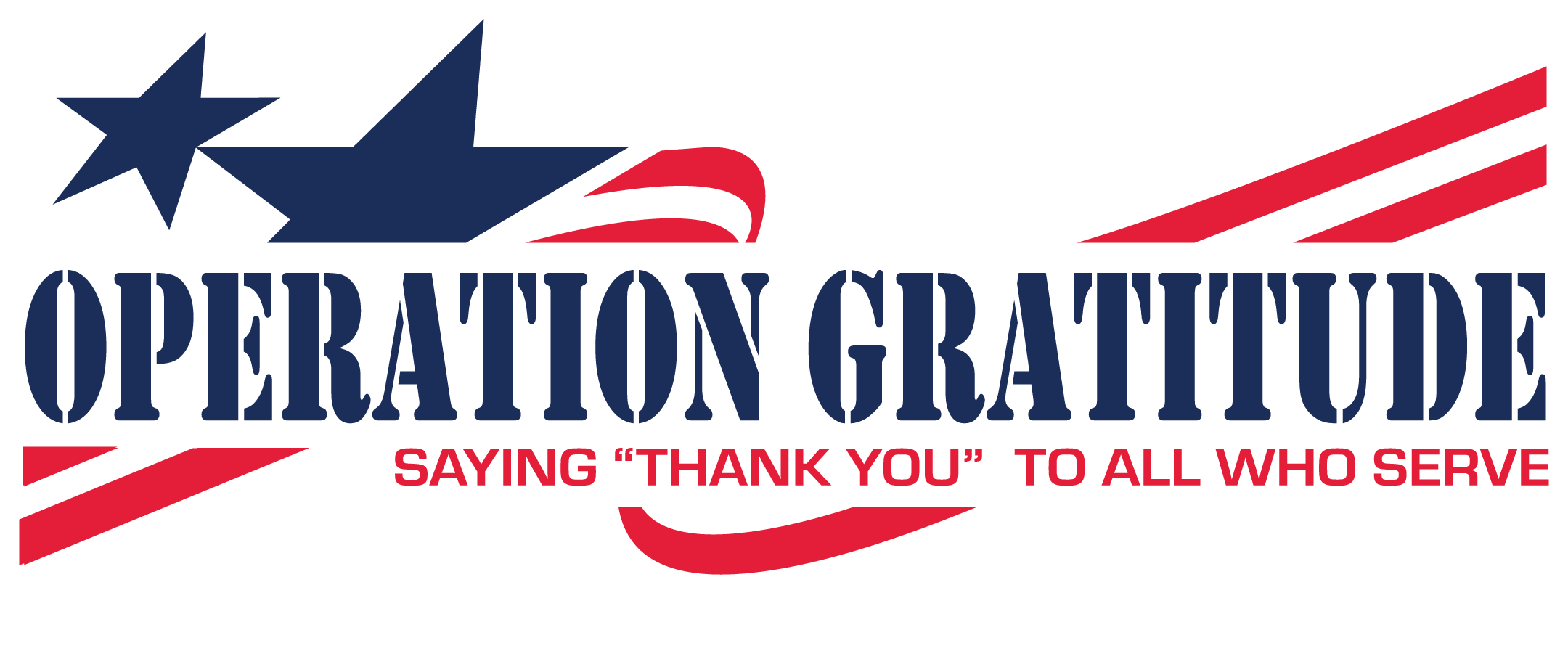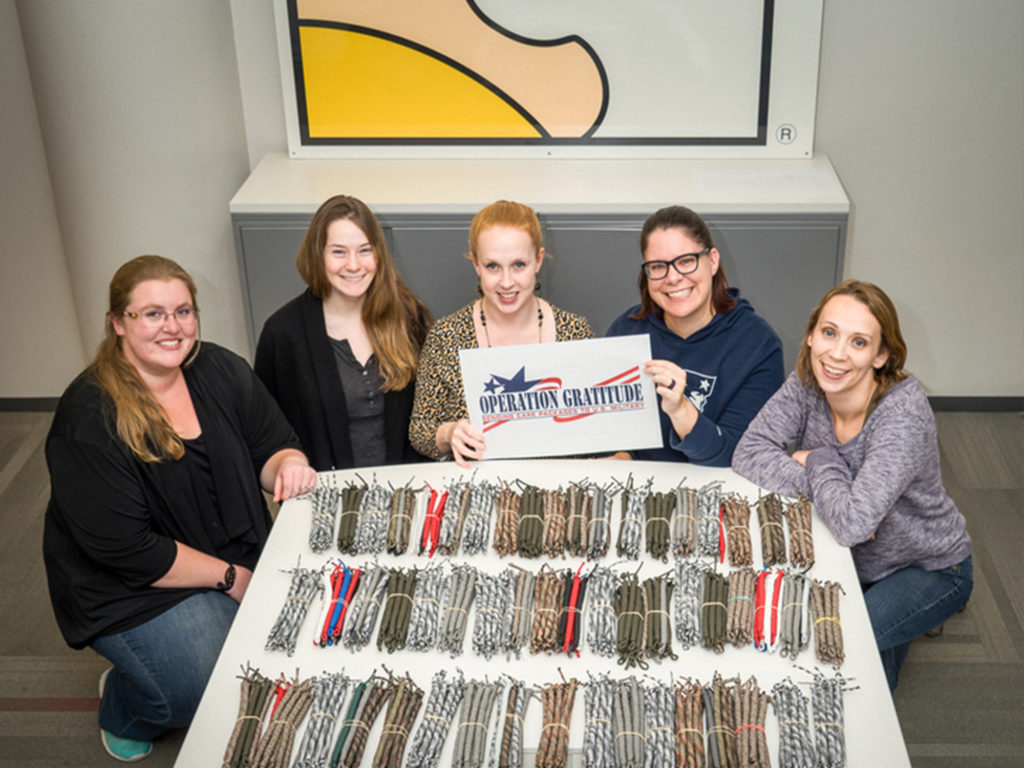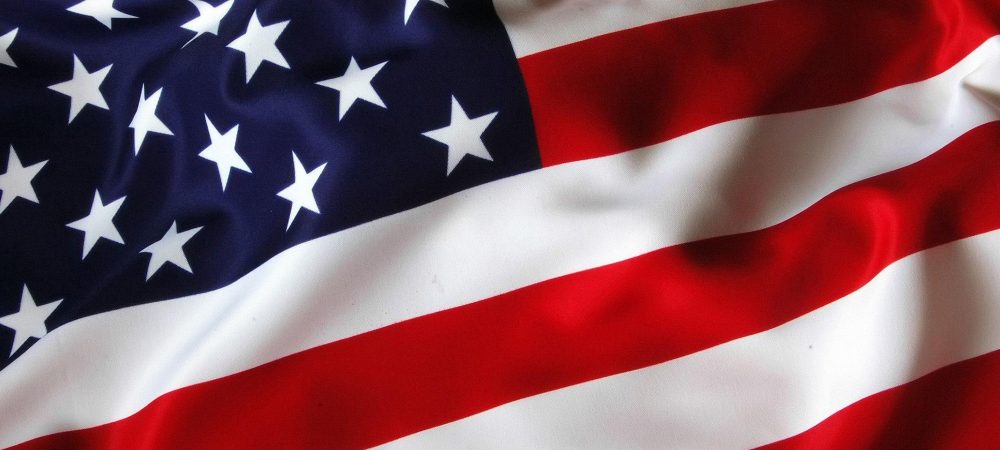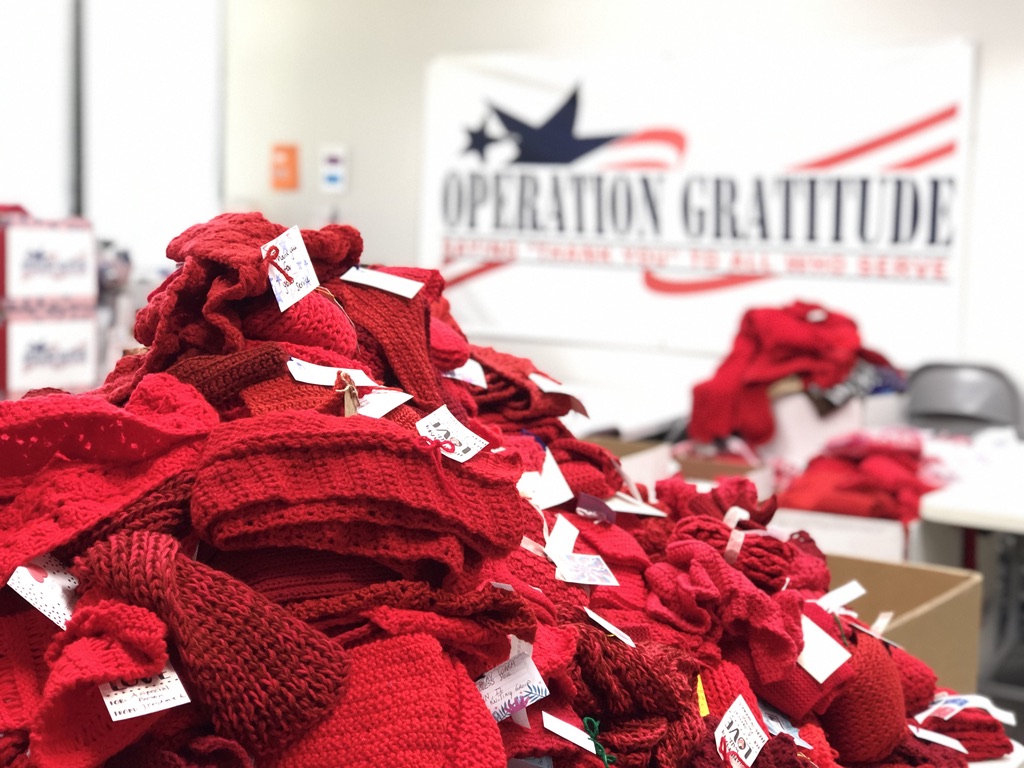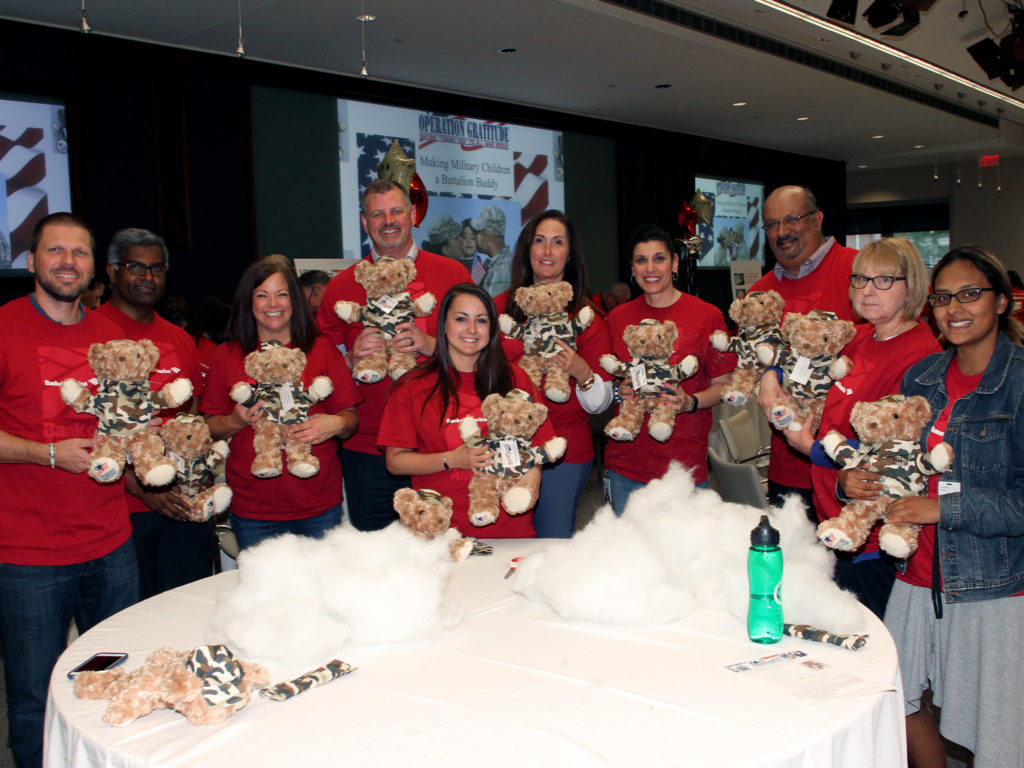On Flag Day this year, I woke up earlier than normal in the morning to visit Arlington Cemetery just weeks after our nation paused to honor the fallen on Memorial Day.
As I walked up the hill toward Fort Myer, I saw the flag of our nation flying high above the Iwo Jima Memorial to my right and thousands of smaller flags to my left planted in front of modest white headstones in rows and columns as far as my eyes could see.
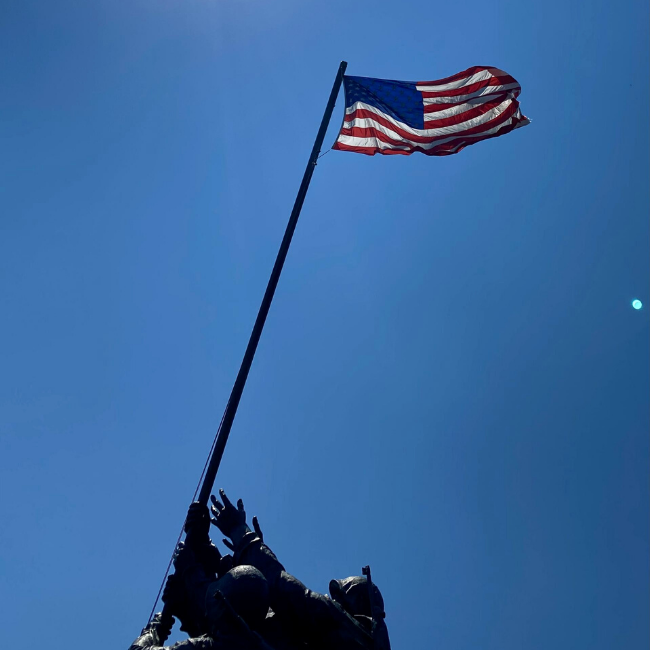
This iconic sculpture of five Marines and one Corpsman raising our flag atop Mount Suribachi is a sobering reminder of the sacrifices that service members have made since the birth of our nation. The massive flag is representative of the freedoms we enjoy as Americans and the pride we share in our country and our democracy.
Even more striking was the sight of the much smaller, less billowy flags at each of the 260,000 headstones in the cemetery. This year they were placed there by hundreds of service members from all branches of our armed forces for the first time in 20 years.
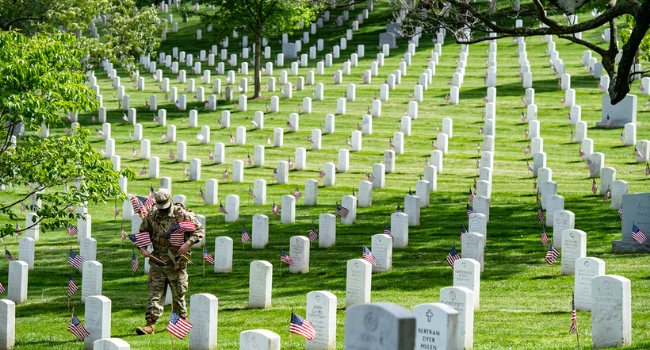
In fewer than 100 days, the collective heart of our nation will take pause in somber reflection on the 20th anniversary of the 9/11 terrorist attacks. With the space of two decades of corresponding conflict between then and now, an entire generation of Americans have grown into adulthood knowing nothing besides their country at war, including my five kids.
Sadly, as our nation’s longest war drags into a third decade, a vast majority of military families feel increasingly disconnected and isolated from their communities and civilian neighbors — in part a symptom of long deployments and frequent relocations.
I know the civilian-military divide may be unthinkable to some, but it is real. And while I’ve heard from a few volunteers that they were upset to learn an overwhelming majority of our troops and their families feel misunderstood, we must ask “what more can we DO about it?”
As we approach 9/11’s 20th anniversary, Operation Gratitude is redoubling our efforts to address this issue and taking steps to measure the impact of what we are DOING to solve it.
Yesterday, we announced a partnership with the Institute for Veterans and Military Families at Syracuse University. We stated our intent to conduct an annual survey of our 1.5 million recipients and volunteers. We will ask them how service, acts of gratitude, and meaningful connections have impacted their lives and their communities.
When we launch the survey on 9/11, I’m asking you to take part in it so we can move the needle further, creating understanding and continuing to build bridges between those who serve and the citizens they protect.
As always, your actions will make a difference. In taking the survey itself, you will help us show millions of other Americans that the tangible work we do to express appreciation and forge strong bonds is taking hold.
And they may be inspired to take action, too.
In that same vein, we are planning large-scale service projects across the country and working hard to reopen our FOB in Chatsworth, CA. We look forward to hosting more in-person service opportunities, taking every precaution, and adhering to strict CDC guidelines in order to safely open our doors to more volunteers.
Be on the lookout and visit our website for more information in the coming weeks!
